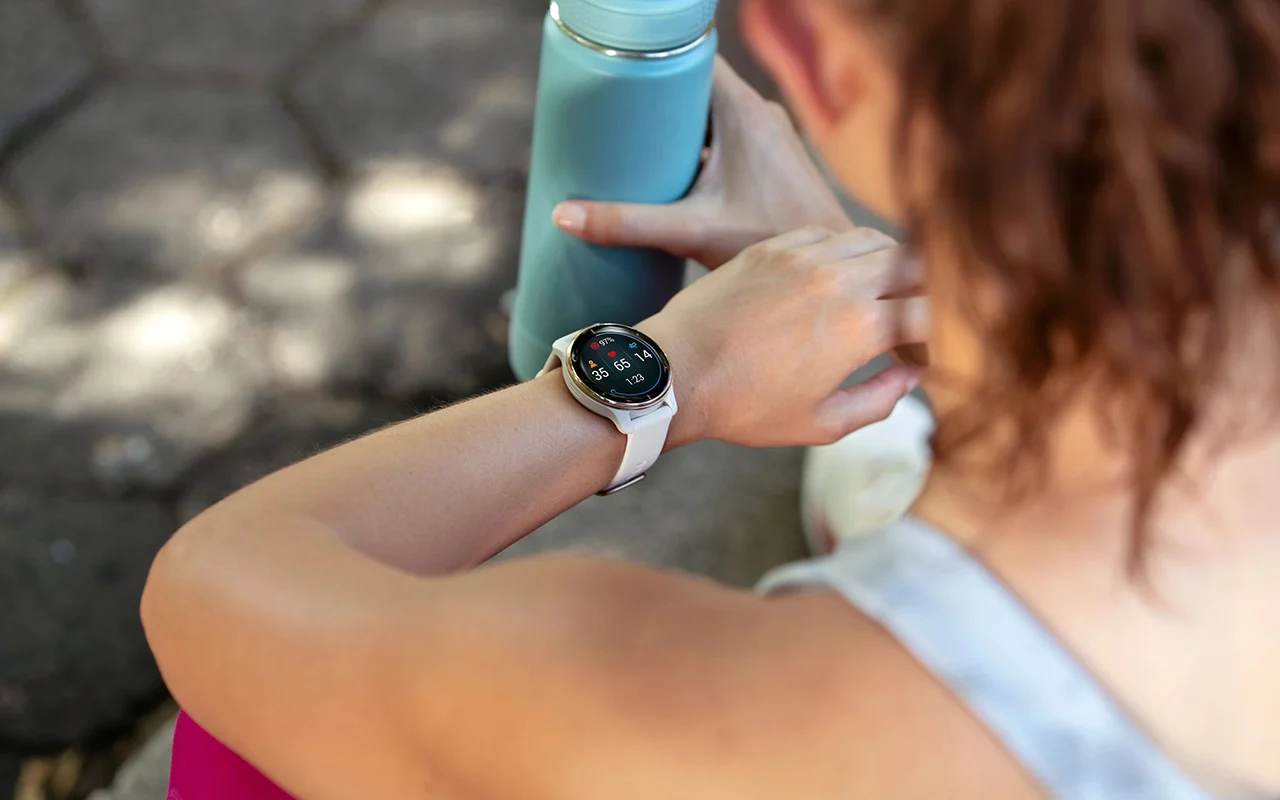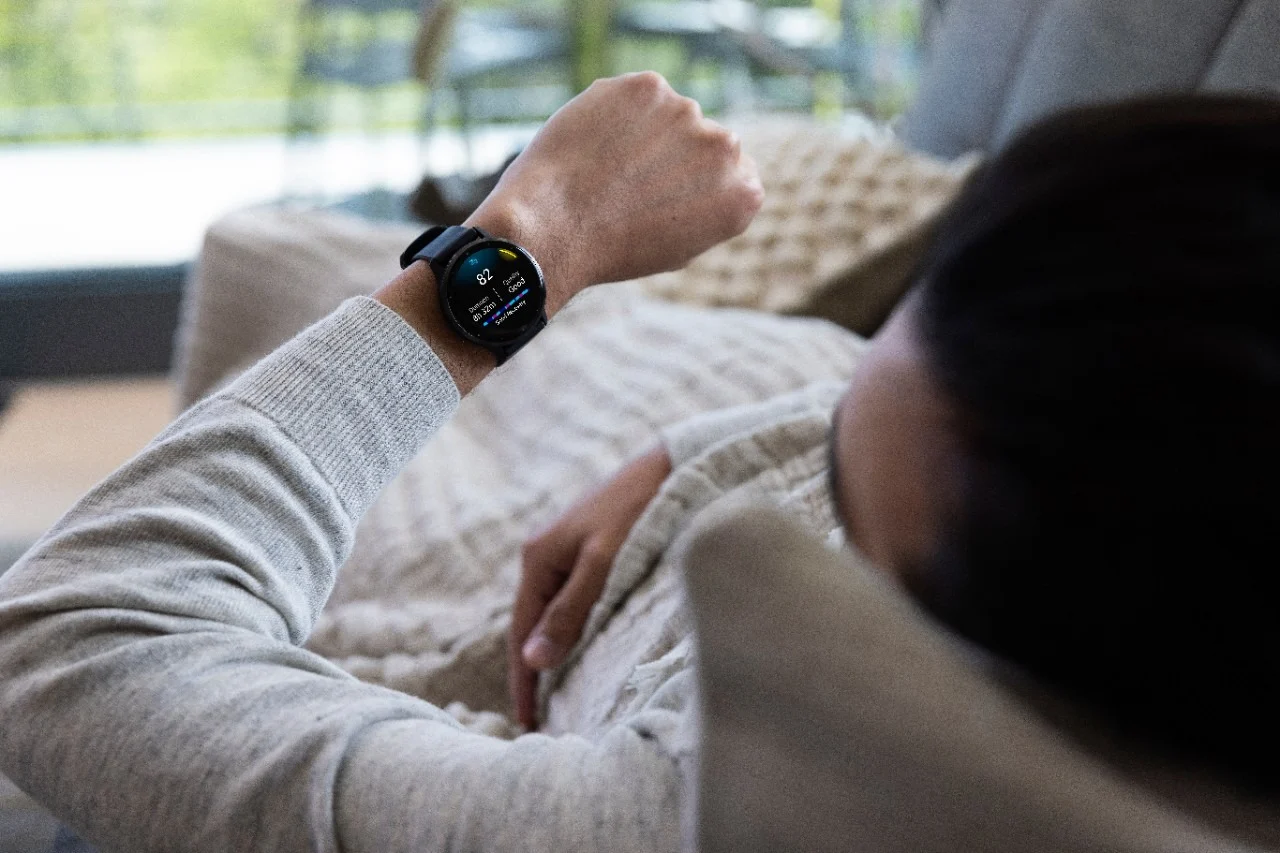
Garmin Wearables Help Foster Long-term Improvements to Increase Physical Activity
Even though the benefits of regular physical activity are well-known and documented, 1 in 4 adults do not meet the recommended levels of at least 75 to 150 minutes of moderate-to-vigorous-intensity aerobic physical activity per week, according to the World Health Organization. As a result, people are becoming more and more sedentary, and physical inactivity is one of the leading risk factors for noncommunicable diseases (NCDs) worldwide1. So how can we find a way out of this global “physical inactivity crisis“? Health scientists and practitioners at the University of Copenhagen believe that a combination of behavioural science and new technologies, like those designed and produced by Garmin, can serve as a nudge towards sustainable changes in behaviour resulting in an increase in physical activity and long-term improvements in health and well-being.
Tracking Behavioural Change with Garmin Wearables and Fitrockr
In a series of real-world experiments, a research group from the Department of Nutrition, Exercise and Sports (NEXS) at the University of Copenhagen, in collaboration with the Department of Psychology at the Catholic University of Milan and the Department of Human Sciences at the University of Verona, are putting this belief to the test. A team led by Dr. Stefano De Dominicis, clinical sport psychologist and mental coach at NEXS, and Dr. Valentina Carfora, clinical and social psychologist at Uni Milan, is trying to determine the extent to which regular messages about the importance of physical activity are effective in optimising mental and physical performance.
As such, almost 500 university students received three different types of mobile messages daily via the PsyMe app over a 1-month period: goal-setting messages about how and when to pursue a goal; educational messages about the benefits of achieving certain levels of activities — so-called vested-interest messages; or a combination of the two message types. To track their actual behaviour, many participants also wore a Garmin vívosmart 4 activity tracker, which records the amount and type of physical activity, heart rate and sleep2. Using the Garmin Health SDK, the research team was able to utilise the Fitrockr data analytics platform to monitor participants’ health metrics, and study participants were able to comfortably upload their data to the platform via their own smartphone.
Can Targeted Messaging Promote Exercise?
Unsurprisingly, the experiment showed that all messages helped to increase physical activity. However, a deeper dive into the data analysis showed a combination of both goal-setting and vested-interest messages to be more persuasive than each message type alone for participants with a higher BMI — a group of individuals who may need a more physically active lifestyle. This suggests that individuals with higher BMI may need more information about how and why achieving a regular activity goal is important.
Additionally, the positive effect was still noticeable 1 month after the research team stopped sending these messages, suggesting that this information can provide sustainable increases in physical activity. “These findings are important learnings in the journey of providing more tailored and personalised advice on exercise to inactive individuals to increase physical activity,” Dr. De Dominicis states.
He advises “Our results provide another proof that we can indeed leverage new technology for helping people being more active, but this has to be informed by solid psychological and behavioural science. Ultimately, we are dealing with changing behaviours, habits, motivations and identity. To apply coaching psychology through wearable devices such as those developed and produced by Garmin, could be extremely effective for promoting long term engagement in physical activity and exercise.” The NEXS research team’s next step is to apply the same concepts to increase physical activity to different target groups and eventually the wider community beyond students, and thereby add one more piece to the puzzle solving our global “physical inactivity crisis3.”
About Fitrockr and Garmin Health
Fitrockr is a product suite of The Digital Rebels GmbH — a software company based in Berlin. Its research and analytics platform allows organisations to easily manage and synchronise Garmin smartwatches with access to high-resolution raw data, independent hosting, real-time data streams, and direct analysis and export. Fitrockr is one of the deepest integrated technology implementations of the Garmin Health API and SDK, providing Garmin Health corporate solutions since 2018.
For more information, visit Fitrockr at www.fitrockr.com or learn more about Garmin Health Enterprise Health Solutions at www.garmin.com/health.
1https://www.who.int/news-room/fact-sheets/detail/physical-activity




